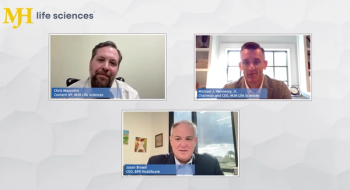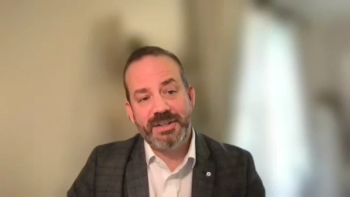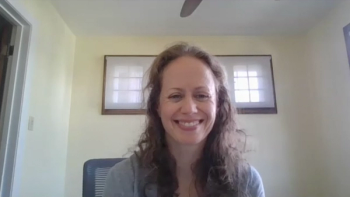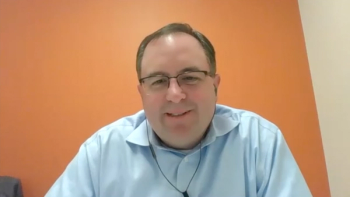
Doug L. Wood Details the Mayo Clinic Center for Innovation
Medical Director Doug L. Wood sat down with Healthcare Analytics News to discuss how his institution is able to help other healthcare providers make the right care decisions.
At the Center's annual Transform meeting, Medical Director Doug L. Wood sat down with Healthcare Analytics News to discuss how his institution is able to help other healthcare providers make the right care decisions.
Transcript:
I'm Douglas Wood, I'm a cardiologist and I spend about half my time as the Medical Director for the Center for Innovation.
The Center for Innovation, over its years, has had several large projects that have spun off to become really separate programs within Mayo Clinic: the Healthy Living Program, the Center for Connected Care which really now manages all of Mayo Clinic's digital health offerings, as well as the Office of Population Health really effort aimed at improving the health of communities.
We're asked all the time to help create new ways to extend that concept of the Mayo model of care, where we provide care for people in an unhurried fashion but meet their specific needs. Now we can encounter people where they happen to be, so we can interact with them at home or in another doctor's office.
We've done projects with robotics that actually allow us to check people at athletic events for concussions, so we look for all of the ways that we can truly change that experience of health and healthcare.
For us, what we emphasize to our colleagues is that we want to help you get to an answer for people as quickly as we can, to answer what the problem is and what treatment is necessary to get people back to functioning health. The better we can do that, and the faster we can do that, and the more efficiently we can do that, the better for everybody. It's better for patients, it's better for insurance companies, it's better for the government who pays the bill for a lot of people through Medicaid and Medicare.
When we think about it, at the Center for Innovation our desire is to create a different experience and a system that will deliver that experience, starting from a deep and fundamental understanding of what people need then creating the solutions that will meet that need. We also want to create efficiencies and have lasting adaptability, learning from the system as it goes along to see how we can make it better.
I think for small hospitals, it is important to really understand what is necessary to help people in their community rather than simply saying ‘let's use the same delivery system that's used at the Mayo Clinic’ or at any other large institution. That may be reasonable, but it may be that there's a totally different solution that can be provided that would meet the needs of the local community.
My advice is to understand, fundamentally, the needs of the community in which you're working and then deliver the solutions to meet that specific need, rather than simply trying to take one large solution and force it to fit a circumstance where it might not be appropriate.






























































































